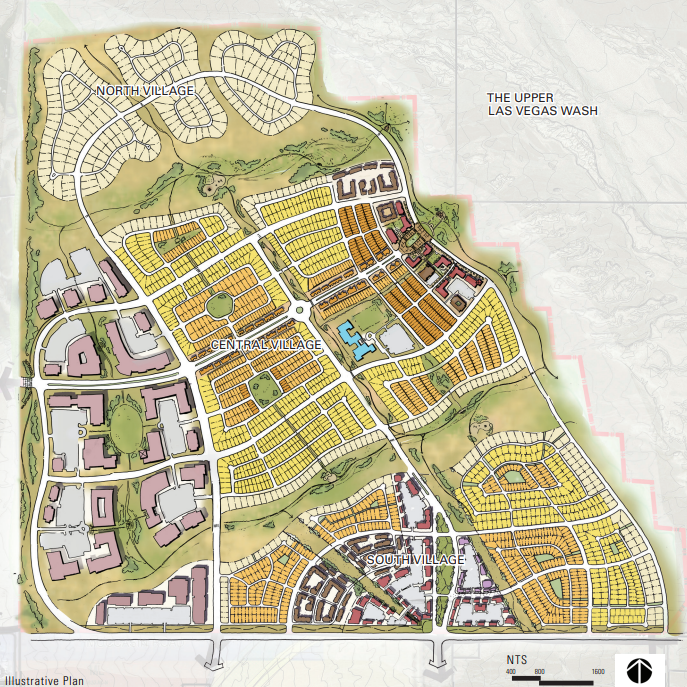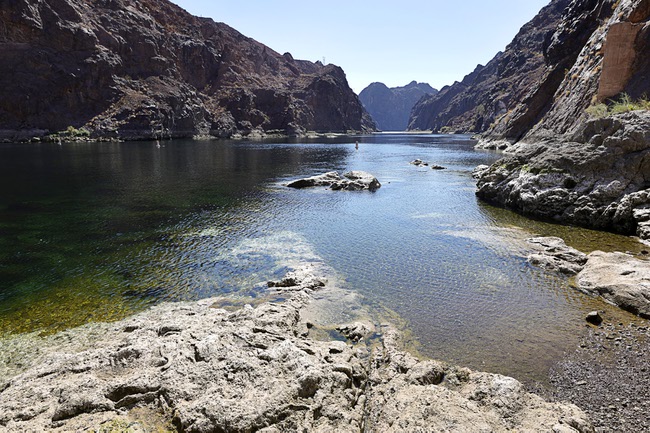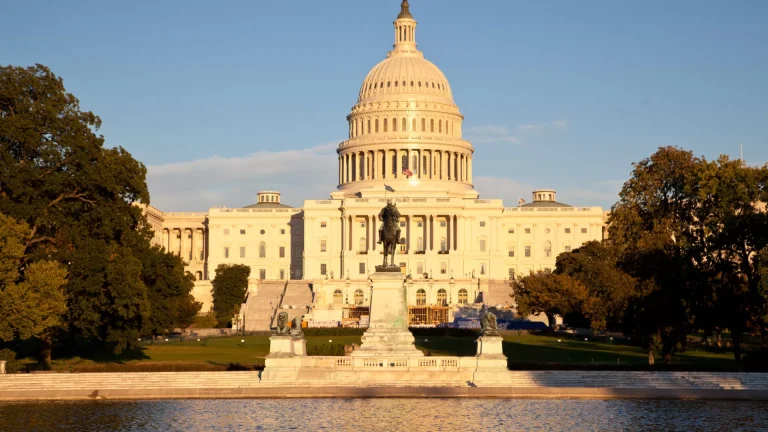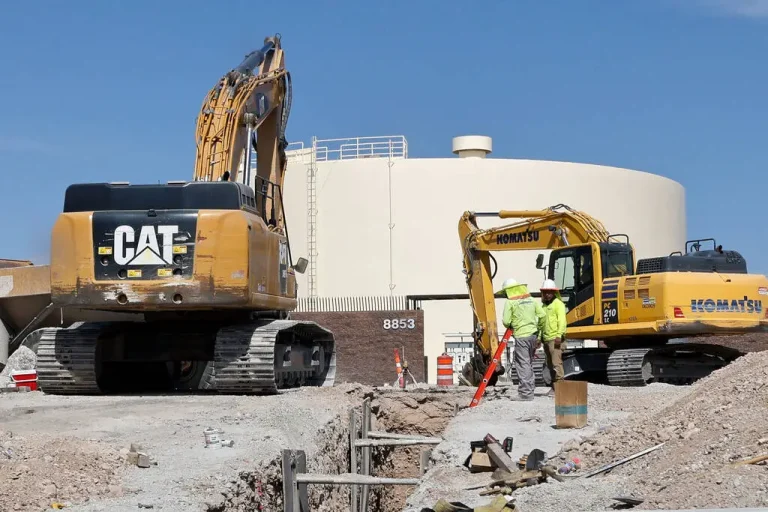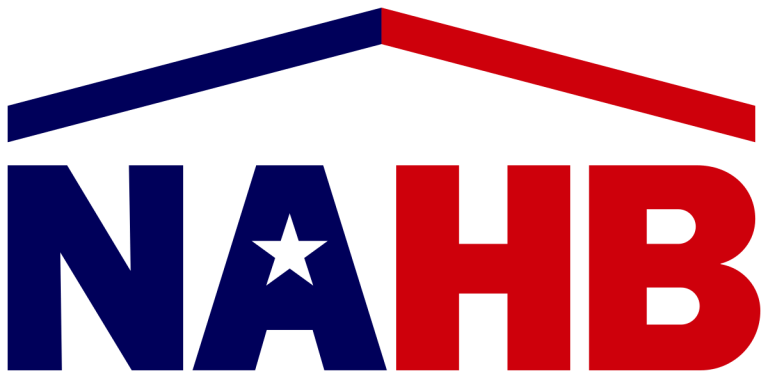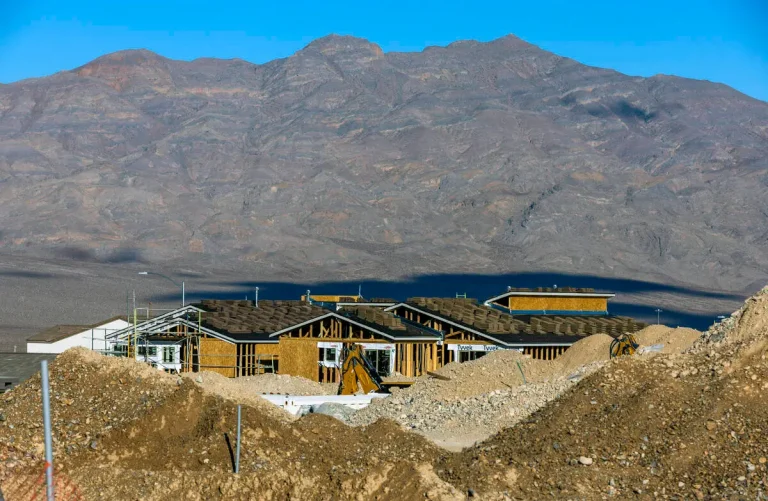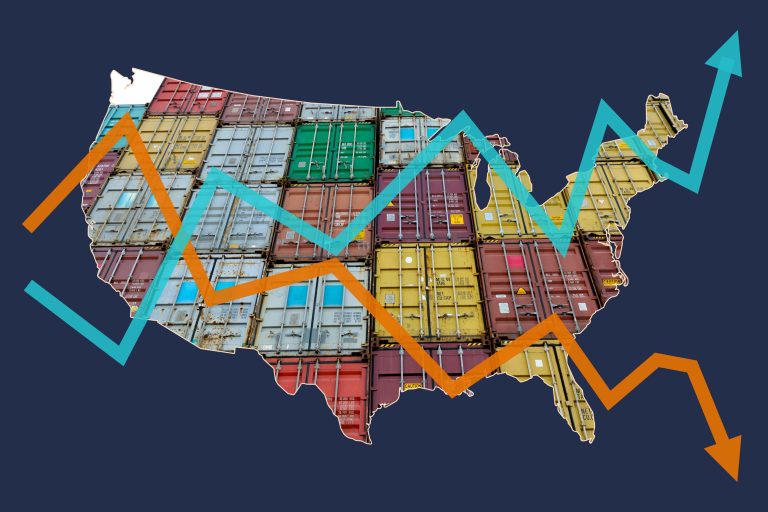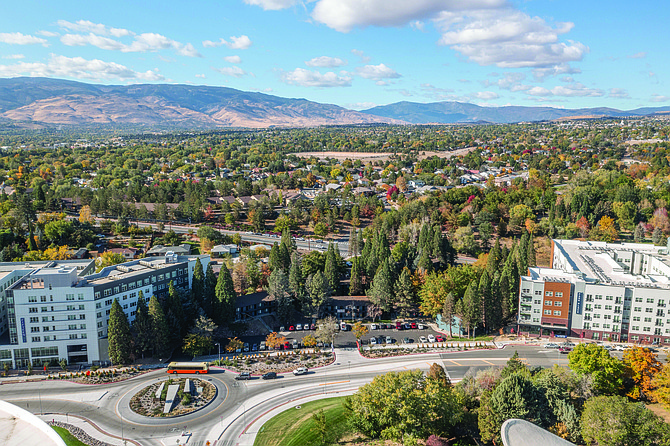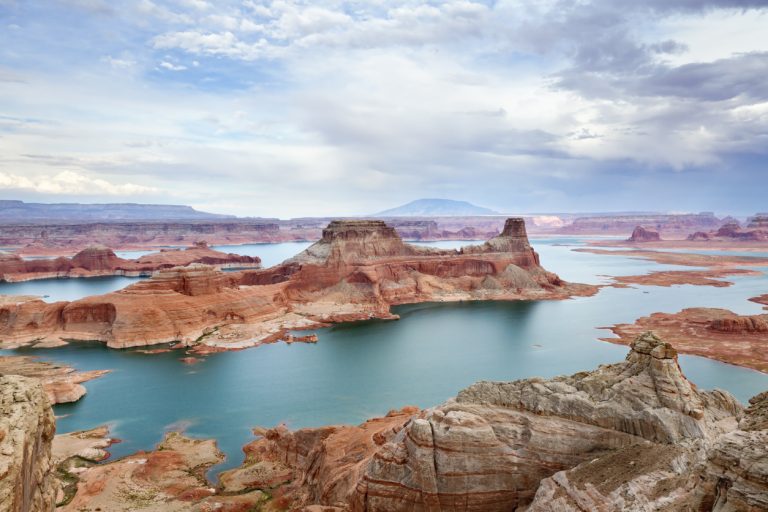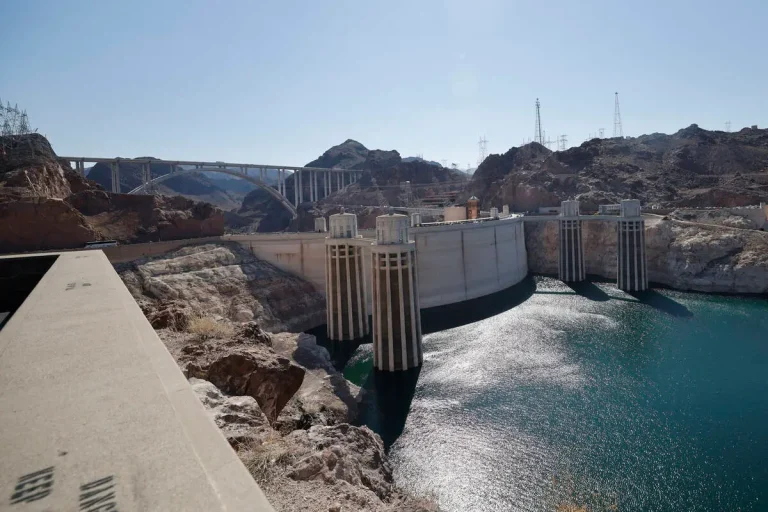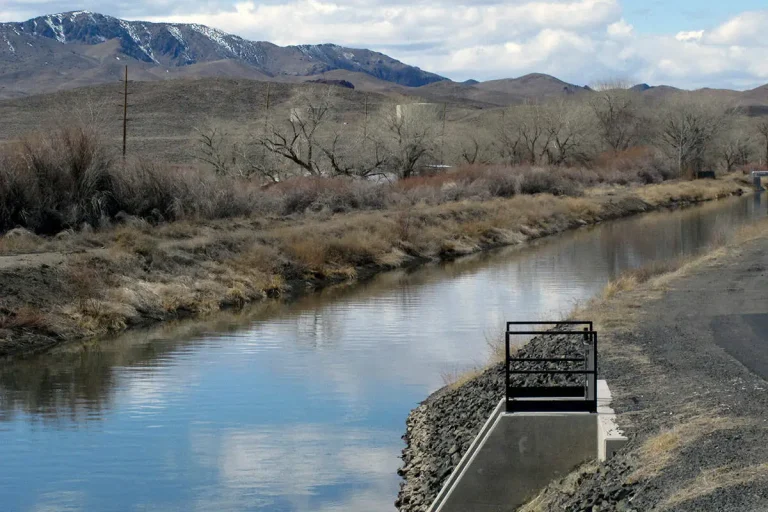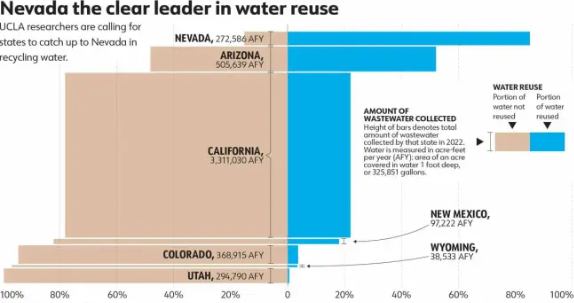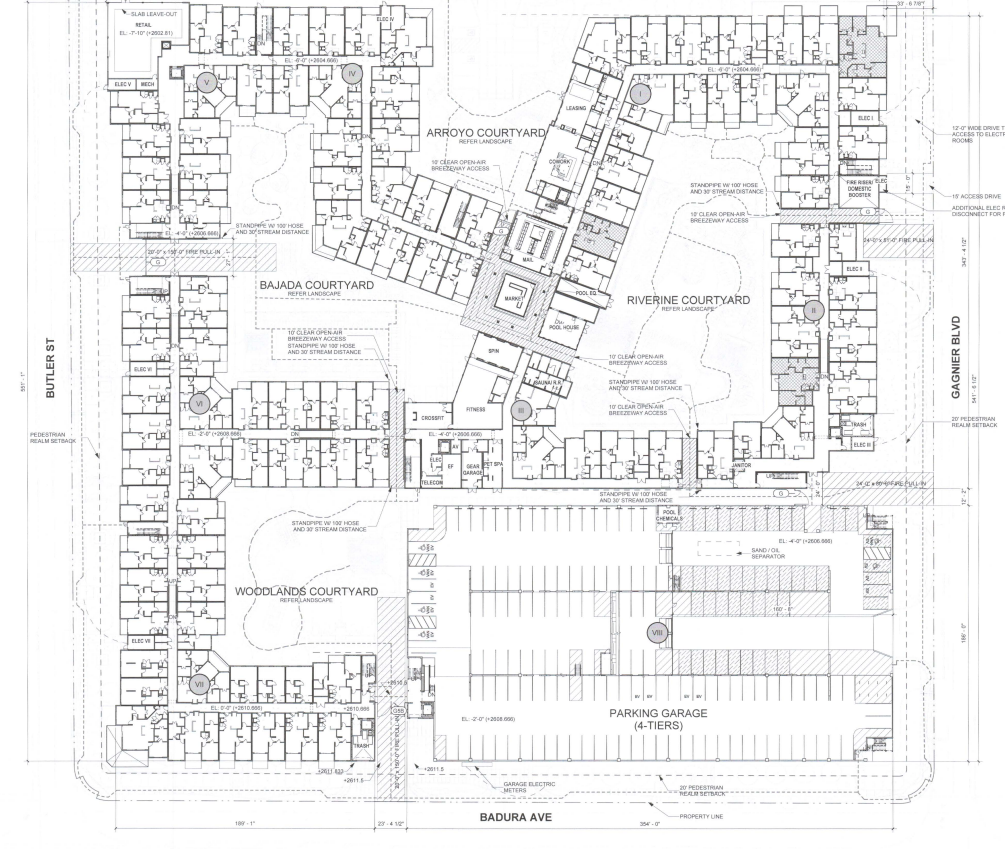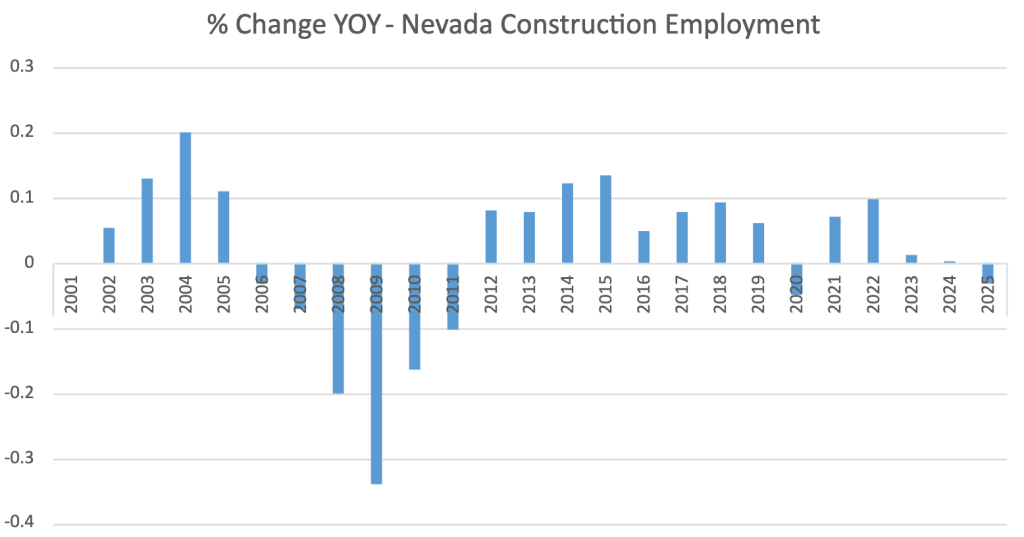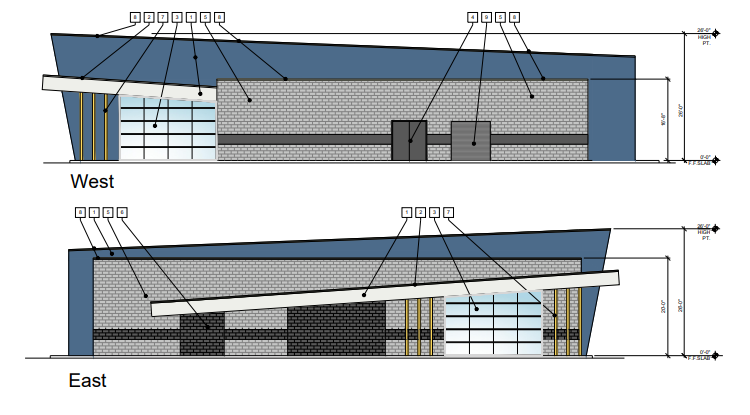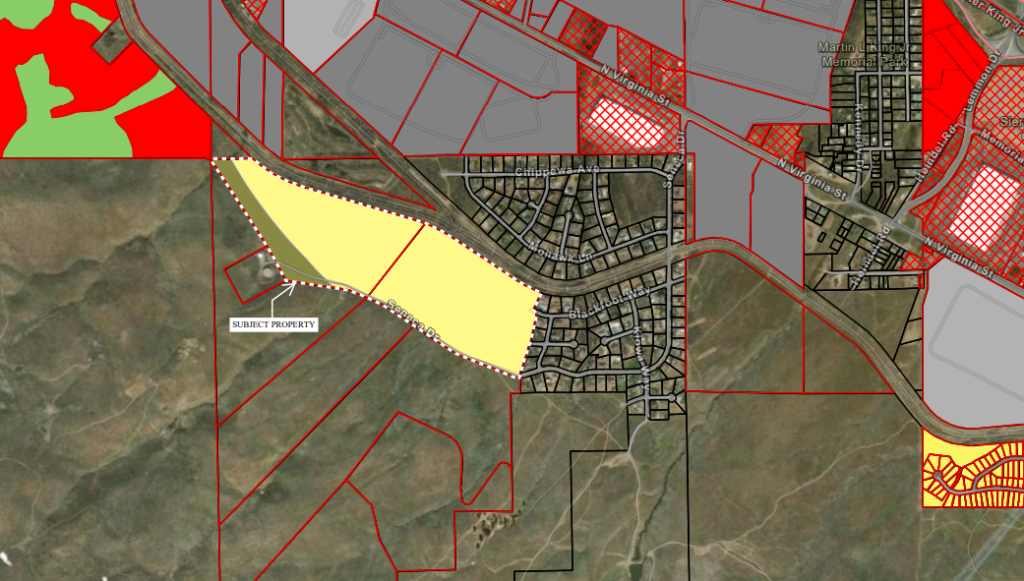Federal officials announced the State of Nevada is to receive a smaller quantity of Colorado River water allocations due to the ongoing drought.
The August 2025 24-Month Study from the Bureau of Reclamation declared that Lake Mead will continue to be categorized in a Level 1 Shortage Condition. Water levels in the lake are estimated to reach 1,055.88 feet by January 2026, which is 20 feet below the threshold to declare a water shortage.
Nevada is to lose 21,000 acre-feet of water allocations, which is a 7% reduction from its normal value. For reference, an acre-foot is the equivalent of 325,851 gallons.
Nevada was not the only state to receive allocation reductions, nor was it hit the hardest. The State of Arizona has the steepest cut, with an 18% reduction. This means the State will lose 512,000 acre-feet of its regular allocation.
Mexico is losing 80,000 acre-feet of its typical allocation, which is a 5% reduction. Officials noted the importance of developing new operating guidelines that are better equipped to deal with water shortages. There are roughly 40 million people who rely on water from the Colorado River.
Water reclamation infrastructure in Nevada has, in part, protected a large portion of its allotment. The aggressive conservation efforts have recycled most of the water used indoors.
The ongoing drought has persisted for 20 years. The drought continues to leave less water in the river and related tributaries. Drought conditions have also led to the depletion of crucial reservoirs.
A large source of water stems from spring snowmelt in the Rocky Mountains. Rising temperatures and less snowfall have impacted the amount of water flow from the mountain region where the river begins.
The other major reservoir in the system, Lake Powell, is projected to reach 3,538.47 feet by the start of 2026. This is roughly 162 feet beneath full capacity but is still 48 feet above the minimum level needed for power generation. The reservoir is expected to release 7.48 million acre-feet throughout 2026.
The agreements made around Colorado River allocations are scheduled to expire by the end of 2026. This means the 2007 Interim Guidelines, 2019 Drought Contingency Plans and international water-sharing agreements with Mexico will need to be replaced.
Preliminary agreement guidelines must be submitted by mid-November to make way for a finalized proposal by mid-February. A final decision will then, if everything goes to plan, be made next summer.
Officials have acknowledged that current emergency procedures are not enough to address long-term obstacles. Officials from the Department of the Interior and the Bureau of Reclamationhave continued to hold regular meetings with Tribal Nations to develop new guidelines. (Source)


